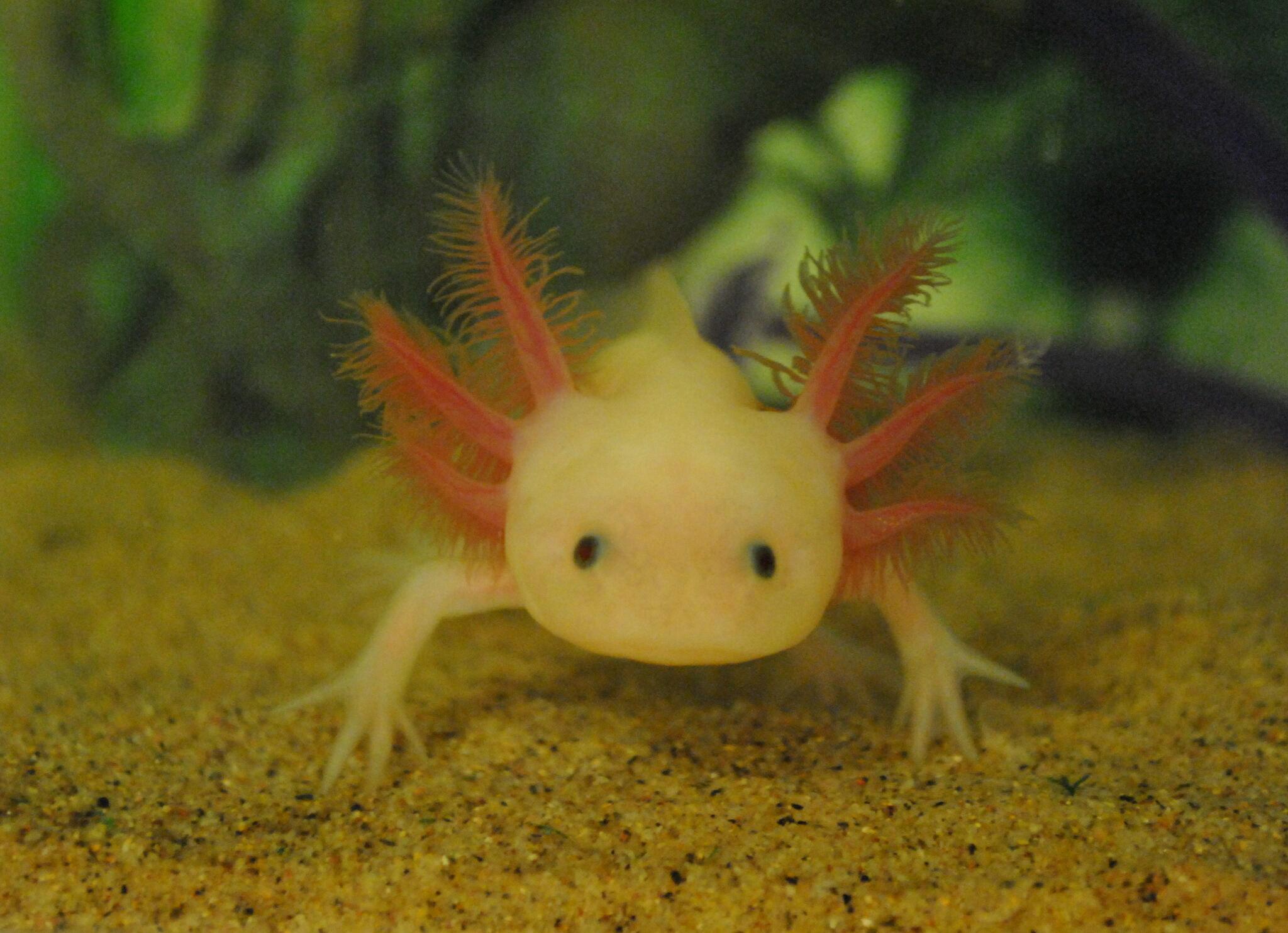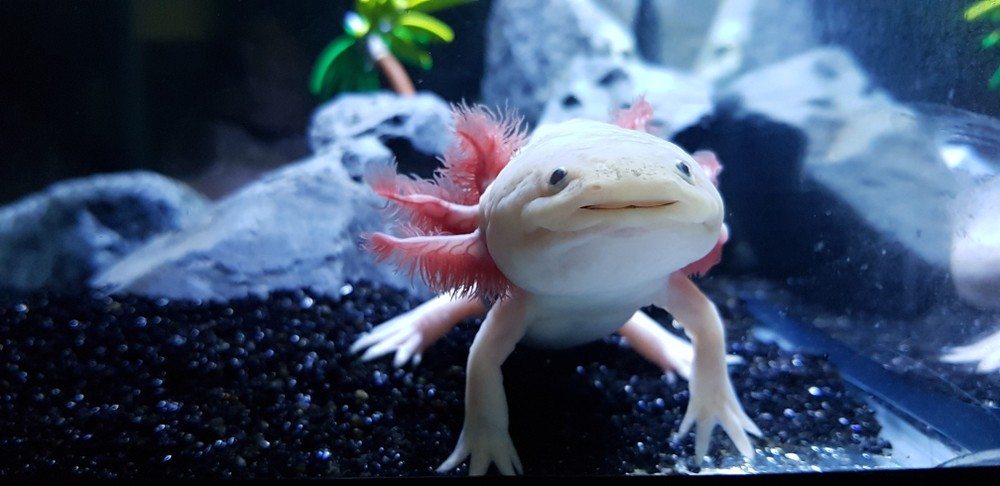How Long Can Axolotls Be Out of Water? A Comprehensive Guide
Axolotls, those unique amphibians native to Mexico, have captivated the curiosity of pet enthusiasts and scientists alike. One intriguing question that arises is: How long can axolotls be out of water? In this comprehensive guide, we delve into the fascinating world of axolotls, exploring their biology, natural habitat, and the factors influencing their time out of water. By the end of this article, you'll have a clear understanding of the precautions to take and the limits to keep in mind when handling these captivating creatures.
1. Understanding Axolotls: A Brief Overview

Understanding Axolotls: A Brief Overview
Before we dive into the specifics, let's establish a foundation by understanding axolotls. These amphibians belong to the Ambystoma mexicanum species and are renowned for their remarkable ability to retain their aquatic characteristics throughout their lives. Unlike most amphibians, axolotls don't undergo metamorphosis, remaining in their aquatic larval form indefinitely.
2. The Natural Habitat of Axolotls

The Natural Habitat of Axolotls
Axolotls are primarily found in the ancient lake complex of Xochimilco near Mexico City. This unique habitat is characterized by a system of interconnected lakes and canals, providing a suitable environment for these creatures. The constant availability of water and appropriate temperature levels contribute to their survival.
3. Adaptations for Aquatic Life
Axolotls possess a range of adaptations that facilitate their aquatic lifestyle. These adaptations include external gills for efficient oxygen absorption, a finned tail for propulsion, and specialized sensory organs for hunting and navigating in water.
4. Time Limits: How Long Can Axolotls Stay Out of Water?
While axolotls are well-suited for aquatic life, they do have limits when it comes to being out of water. Generally, axolotls should not be kept out of water for prolonged periods. Their delicate skin is prone to drying out, which can lead to dehydration and stress. As a rule of thumb, it's recommended to limit their time out of water to around 15 to 30 minutes.
5. Factors Influencing Time Out of Water
Several factors influence how long axolotls can stay out of water:
Age and Size: Younger axolotls may require shorter periods out of water compared to adults due to their higher susceptibility to dehydration.
Temperature and Humidity: Warmer and drier environments accelerate moisture loss. Maintaining a humid environment can extend the time an axolotl can spend outside of water.
Health and Condition: Sick or stressed axolotls are more vulnerable and should be kept in water to aid their recovery.
Skin Condition: Axolotls with compromised skin, such as those with injuries or shedding skin, should be returned to water promptly.
Precautions When Handling Axolotls When handling axolotls out of water, it's essential to take precautions:
Wet Hands: Always wet your hands before touching axolotls to prevent excessive moisture loss from their skin.
Shallow Container: Use a shallow container with enough water to submerge the axolotl partially, providing them relief during handling.
Avoid Stress: Minimize stress during handling, as stress can weaken their immune system and make them more susceptible to health issues.
6. Comparing Axolotls to Other Amphibians
For context, let's compare the time axolotls can spend out of water with other amphibians:
|
Amphibian |
Time out of Water |
|
Axolotl |
15 to 30 minutes |
|
Frogs |
Few hours |
|
Toads |
Few hours |
|
Newts |
Several hours |
Conclusion In conclusion, axolotls are captivating creatures with unique adaptations for aquatic life. While they can spend a limited time out of water, it's crucial to prioritize their well-being by minimizing their exposure to dry environments. By considering their age, health, and environmental conditions, you can ensure that your axolotls remain healthy and vibrant. Remember, these enchanting beings thrive when their aquatic needs are met, showcasing the beauty of nature's adaptations.